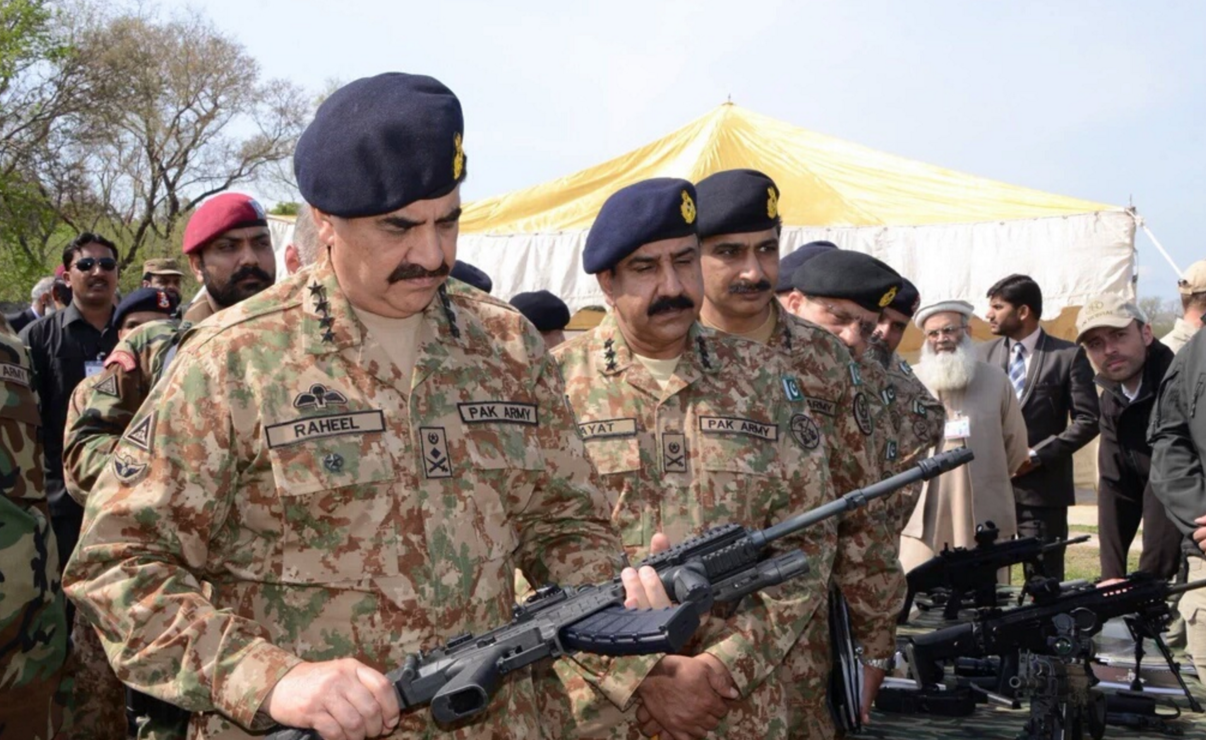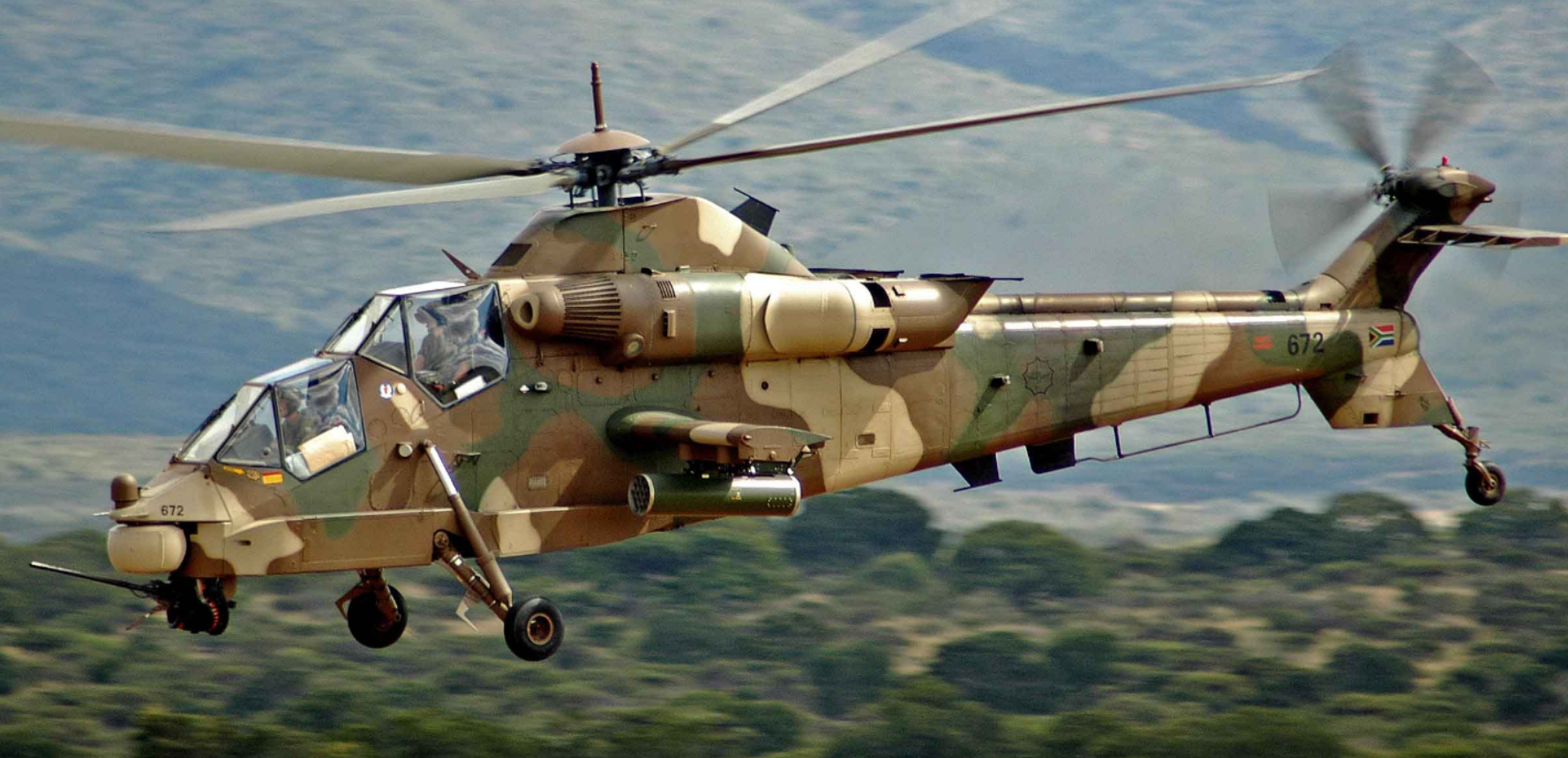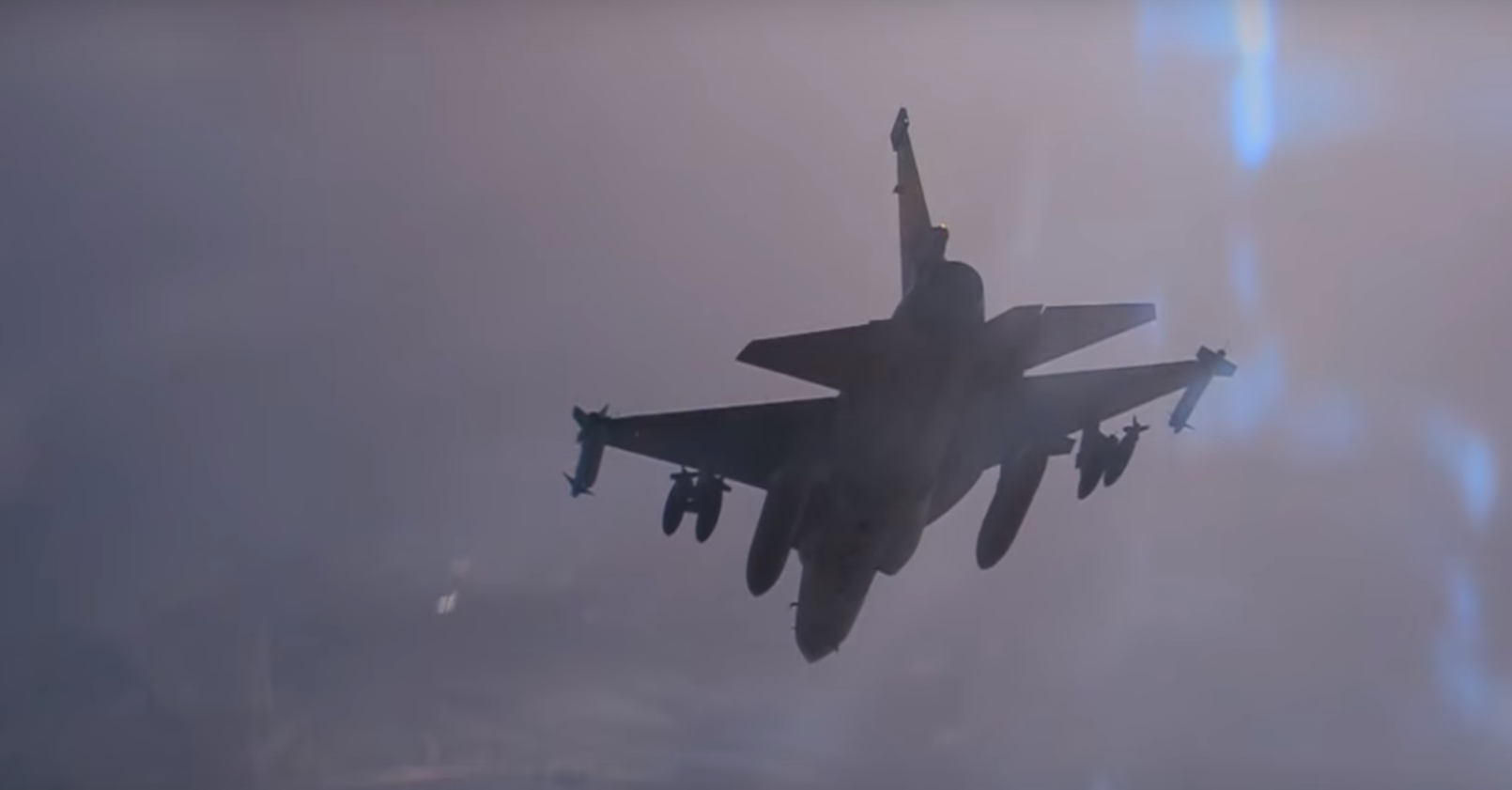345Views 5Comments

Discussion: Where is Pakistan Ordnance Factories heading?
Foreword: This is not a news story, but a piece for the purpose of discussion. The details offered in this article as well as in subsequent parts are not authoritative pieces of information, but rather, perspectives on current events relating to Pakistan Ordnance Factories.
Pakistan’s Ministry of Defence Production (MoDP) – currently led by Mr. Rana Tanveer Hussain – seems to be making a push towards shaping Pakistan’s state-owned defence industry vendors, such as Pakistan Ordnance Factories (POF), into commercial competitors. Privatization is not on the table, but positioning the likes of POF to more readily secure lucrative arms contracts abroad, and in the process, become more “self-sufficient” (i.e. less reliant on government funding) is a priority.
For its part, the MoDP had recently advocated for establishing a singular defence exports company to market goods and manage transactions (akin to Russia’s Rosonboronexport), but in terms of Pakistan’s defence vendors, it appears that POF is serving as the trailblazer.
In a sense, seeing POF seemingly take the lead is not surprising, especially in light of its history. POF was established in 1951 to serve as a munitions production depot for the then Royal Pakistan Army. Although not as glamorous as sourcing multi-role combat aircraft or submarines, POF’s role was as integral as it was basic, which was to ensure that the Pakistani armed forces were not short of bullets, shells, and bombs. Since then, it has also grown to become Pakistan’s main supplier of small arms, such as assault rifles.
In recent years, POF’s surplus stocks have found their way into the global defence market. The MoDP had reported that POF’s exports reached $100 million U.S. for the fiscal year 2016, a substantial increase from the $20-30 million in 2013. In May, POF informed the Pakistan Assembly Defence Production Committee that Saudi Arabia was its biggest export customer. Unfortunately, POF had also raised concerns, mainly in regards to the decision of “domestic security institutions” (bar the Khyber-Pakhtunkhwa Police) of buying small arms and other equipment from abroad instead of POF.
From securing next-generation small arms to modernizing its factories and updating its labour practices, it seems POF was slotted for a comprehensive modernization program. This is the only course available for POF if it is indeed serious about expanding its market share in the global market. At this time, the main delivery agent of POF’s modernization – and possible commercialization – could be its ongoing future assault rifle program, which will succeed the Heckler and Koch G-3, the current standard issue battle rifle of the Pakistan Army.
In a video released by Inter-Services Public Relations (ISPR), it seemed that the Pakistan Army and POF were evaluating the FN Herstal SCAR-H, Beretta ARX-200, Česká Zbrojovka CZ-806 BREN 2, Zastava M77, and Kalashnikov AK-103. While official information regarding the trials has not yet been released, a number of activities – of relevance to the defence industry – took place in recent months.
In April, an Italian delegation comprised of high-level business and industry representatives, including Beretta’s Law Enforcement and Defence Sales Director, visited Pakistan to examine potential industry investment opportunities.
In June, POF signed a memorandum of understanding (MoU) with Sir Meccanica, an industrial company specializing in providing manufacturing equipment (such as cutters, lathes, etc). The MoU will likely serve as a platform to pursue and finalize specific componentry orders and consulting contracts to support POF. If executed correctly, the benefits of an upgrade program will be manifold. First, POF will become capable of manufacturing a new generation of weapon designs. Second, the quality of these new goods could be on par with more expensive goods from other parts of the world. Third, newer manufacturing techniques and systems could result in more efficient practices, which in turn could lead to lower costs.
In September, Italy’s defence minister Roberta Pinotti visited Pakistan and met with her Pakistani counterpart Khawaja Asif as well as the Chief of Army Staff (COAS) General Raheel Sharif. In of itself, the meeting could be viewed as a broad policy check-up, but in parallel, Pakistan’s Secretary of Defence Production Lt. Gen (retd) Syed Muhammad Owais met with Lt. Gen Carlo Magarrassi, Italy’s Secretary General and National Armament Director.
Granted, there is no guarantee that the aforementioned meetings or even the Sir Meccanica MoU would amount to a selection of the Beretta ARX-200, but these factors do speak to the increasingly strong base the Italians are forming in Pakistan – from policymakers (e.g. the COAS) to the public representatives of the defence industry (i.e. MoDP). At the minimum, Pakistan has an open ear to voice its defence interests in general, and the MoDP’s objectives for POF in particular.
By virtue of the sheer size of the Pakistan Army, Pakistan can leverage the advantage of demand and scale as a means to draw relatively favourable transfer-of-technology and offset concessions from competing rifle vendors. For example, tying an ARX-200 (or any other rifle) purchase to a commitment on the part of the vendor to source components (or complete guns) from POF valued at, for example, 33% of the Army’s purchase contract would help reduce the foreign exchange outflow. In other words, if the Army commits to a $1 billion U.S. order, the selling vendor would buy $333 million U.S. worth of goods from POF. Ideally, the vendor would continue sourcing from POF on top of its original contract, perhaps as a means to benefit from lower labour and manufacturing costs in Pakistan. This is contingent on the success of how well POF’s manufacturing facilities and practices are modernized.
However, an offset agreement does not necessarily guarantee POF’s future in terms of its competitiveness in the global market. Besides offsets, one aspect Pakistan may push for is a partnership with the vendor to jointly market and sell the rifle to third party markets. POF’s apparent familiarity with potentially big-ticket markets such as Saudi Arabia could give it leverage (in addition to the Pakistan Army’s own order). On the other hand, a new rifle design – and that too one branded and backed by a leading vendor such as Beretta or FN Herstal – could be viewed by POF as a means to strengthen its own marketability, especially in markets that it is trying to access, such as Southeast Asia, Sub-Saharan Africa, and North Africa.
One variable which can influence how well POF could shape itself into a business entity (more so than a depot) will be the extent to which it has an independent budget. A budget that is not tied to a Pakistan Ministry of Defence or Ministry of Interior need could provide POF space to develop solutions that (despite the lack of domestic demand) may draw interest from foreign customers. In fact, the growth (or lack thereof) in POF’s ability to make independent business decisions in general will be a key aspect to observe.
Note: It is important to establish that this piece is far from a complete picture of POF’s past, present, or future. The focus of the discussion was kept to the issue of modernization and the next-generation assault rifle program, but it would be disingenuous to not acknowledge that POF is a case with depth. For example, attention was not given to POF’s current labour dynamics or to its present leadership format. These areas are being studied, and in time, articles will come to discuss these aspects.



5 Comments
by junkie
What I want to see is consolidation of manufacturing expertise and research across the forces. There should be a centre of excellence for materials a CoE for manufacturing similarly for electronics, etc. These should have the budget to perform fundamental research. For projects such as designing 5th gen fighter or a new rifle, experts from various CoEs should be brought together. Otherwise we find ourselves in the embarrassing situation where jf17 has its own manufacturing facilities. Pof has its own facilities, and all of them are simply one trick ponies. The manufacturing know-how in pof cant help with designing a new rifle, much less help with a submarine or aircraft. If we could acquire such capabilities, we would be truly ahead of the world.
by Sami Shahid
According to the regional security and internal security situation, Beretta ARX-200 is best for the Pakistan Military.
by Tahir Iqbal
Yes it is the best gun for Pakistan . US Army along with all major militaries have already decided to get Beretta ARX-200 when it will be marketed by Beretta.
Have a heart….Beretta ARX-200 is just a prototype and Pakistan Army is the first Army carrying out its trials. Small arms are the most crucial weapon as it is going into the hands of lowest tier and going to face and react the first action and will go till end of it. Weapons are dubbed as best when they have a proven track record. AK-47, AR-15 Platforms are those weapons which have not only extensively seen war but they have been extensively upgraded and modified for removal of any flaws experienced by troops in last 5-60 years.
by Tahir Iqbal
You are right junkie. The issue is absence of private sector and the reason is competition. Unless private sector is allowed to enter into this defense production all efforts even if successful would not be economical for our MoD. In USA or any developed countries you would never find military hardware being manufactured by militaries themselves with an exception of communist world where even wheat was grown by the government and bread was made and distributed by military.
by SP
Private sector is more efficient than government sector and it has to produce profits or face death so the private sector is more driven, dynamic and less complacent. The private sector has to keep pace with technological development or it will find its customers looking elsewhere, it has to produce good quality items and it has to export items and attract new clients.
Even if government does not want to involve private sector it should at least install private management or have people from the private sector on the boards of public organisations.